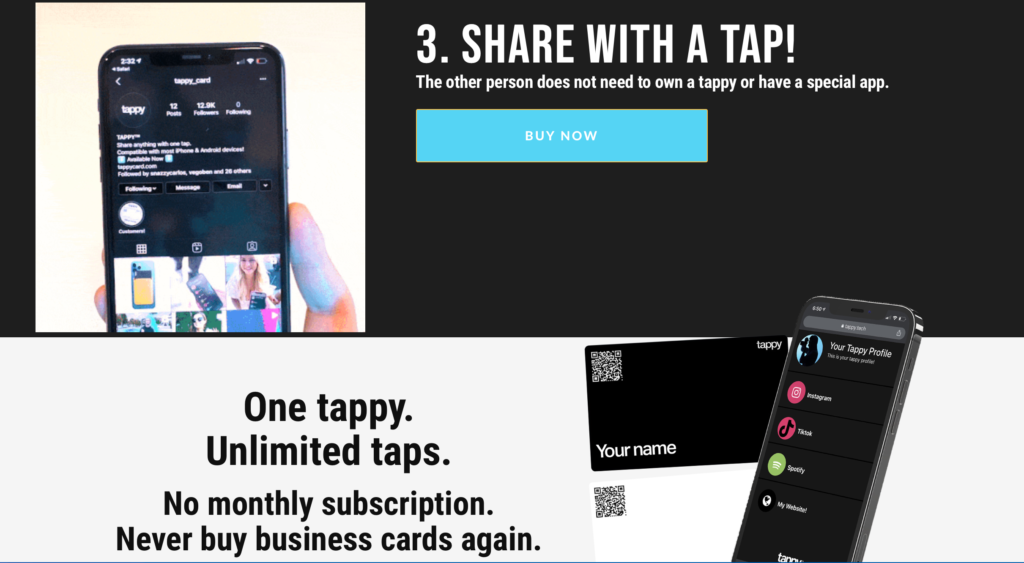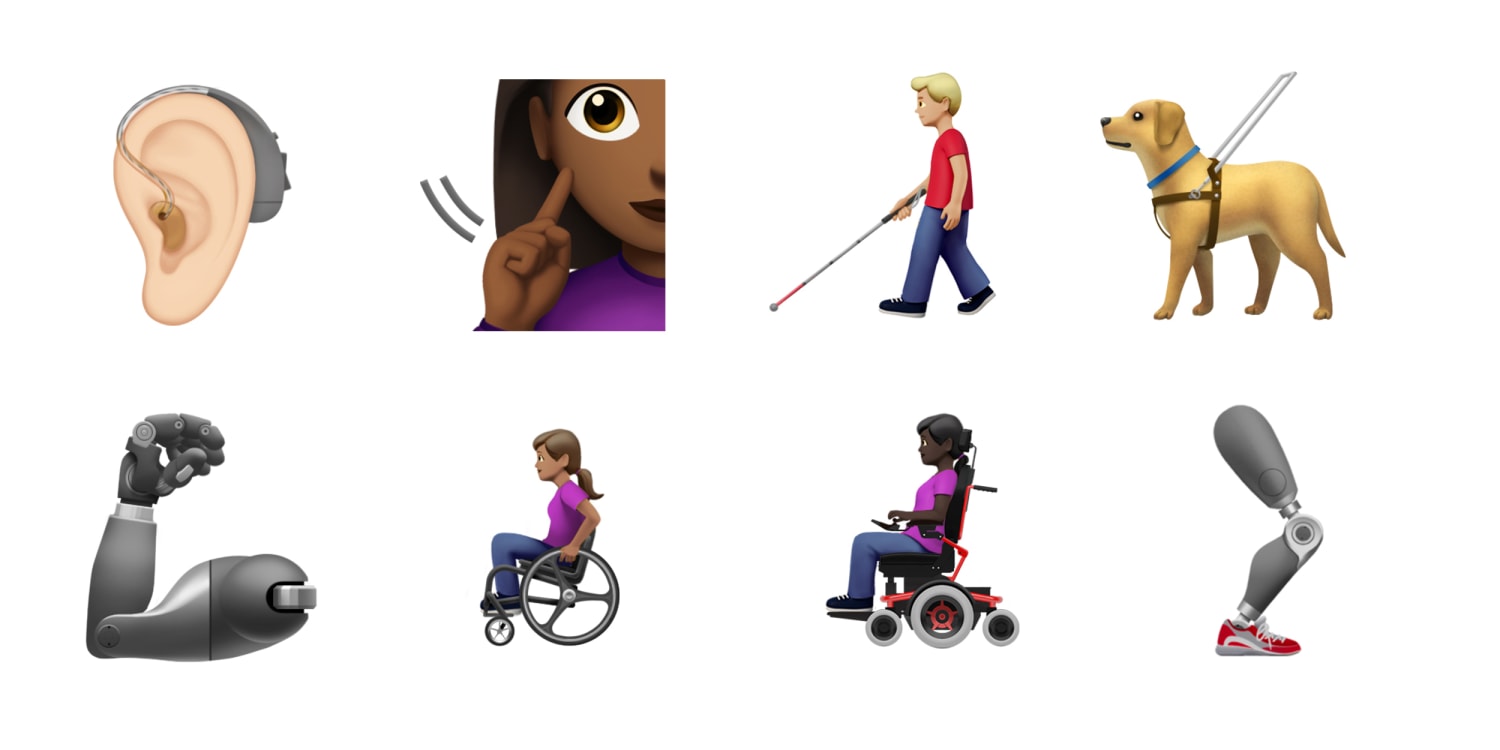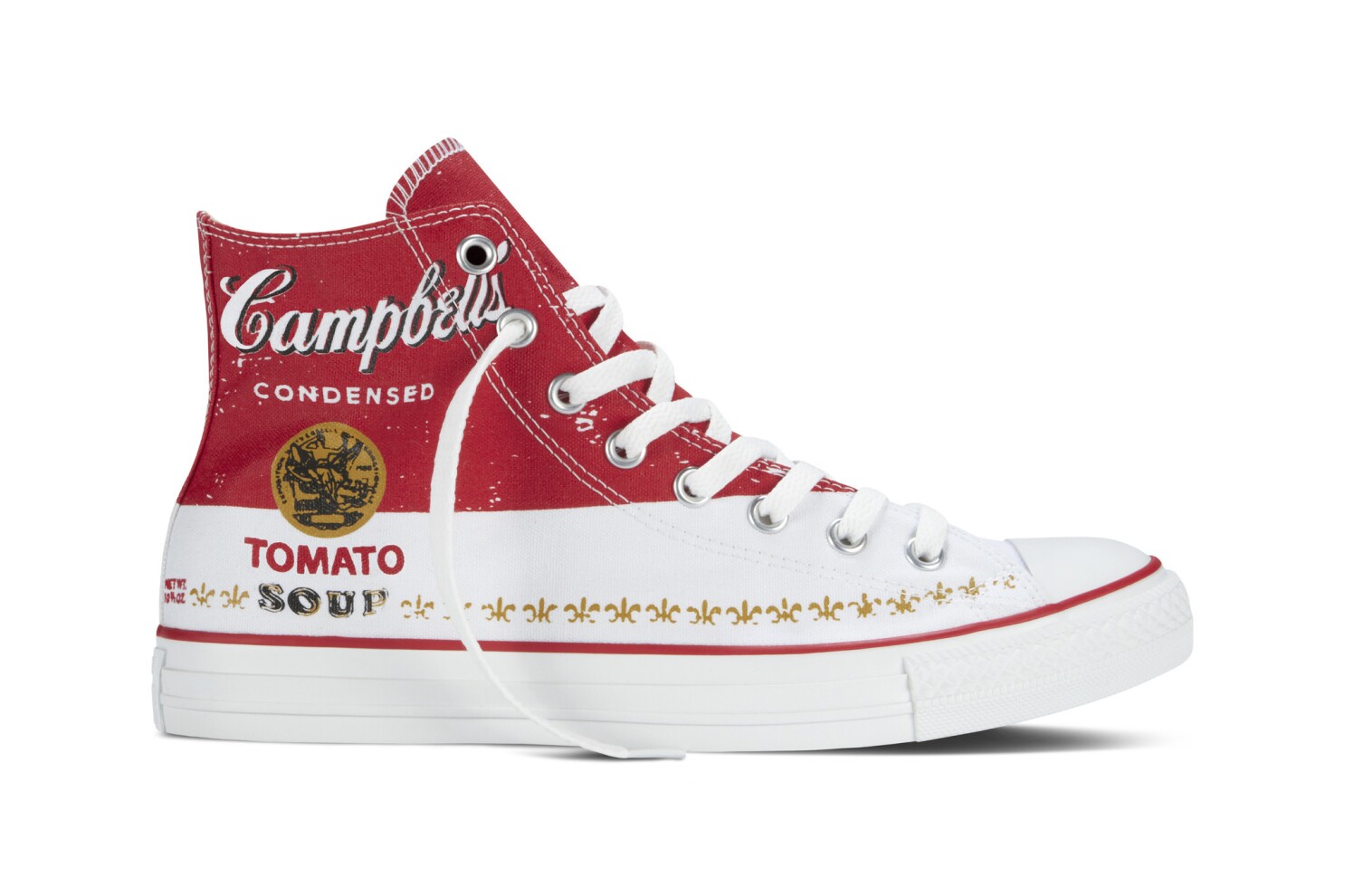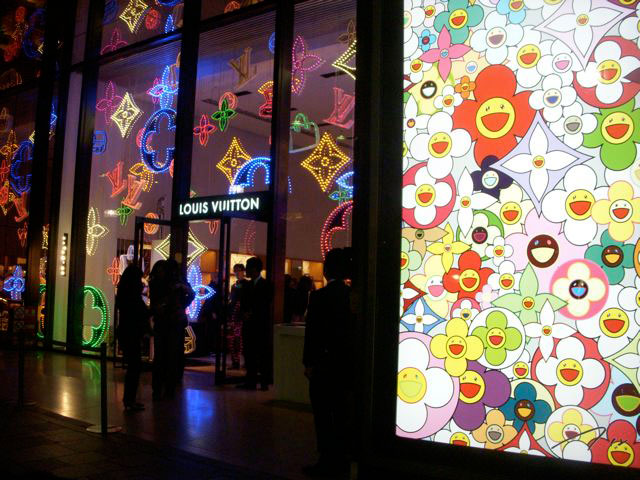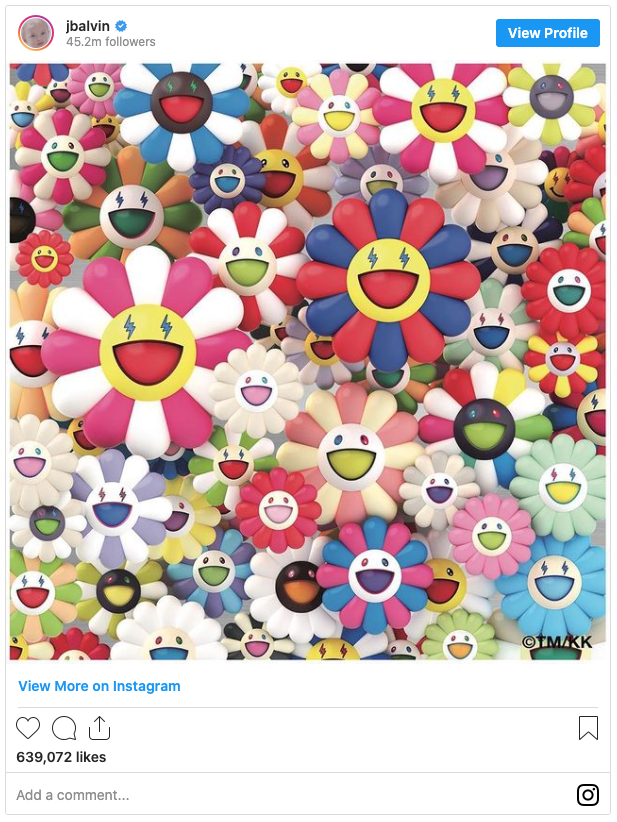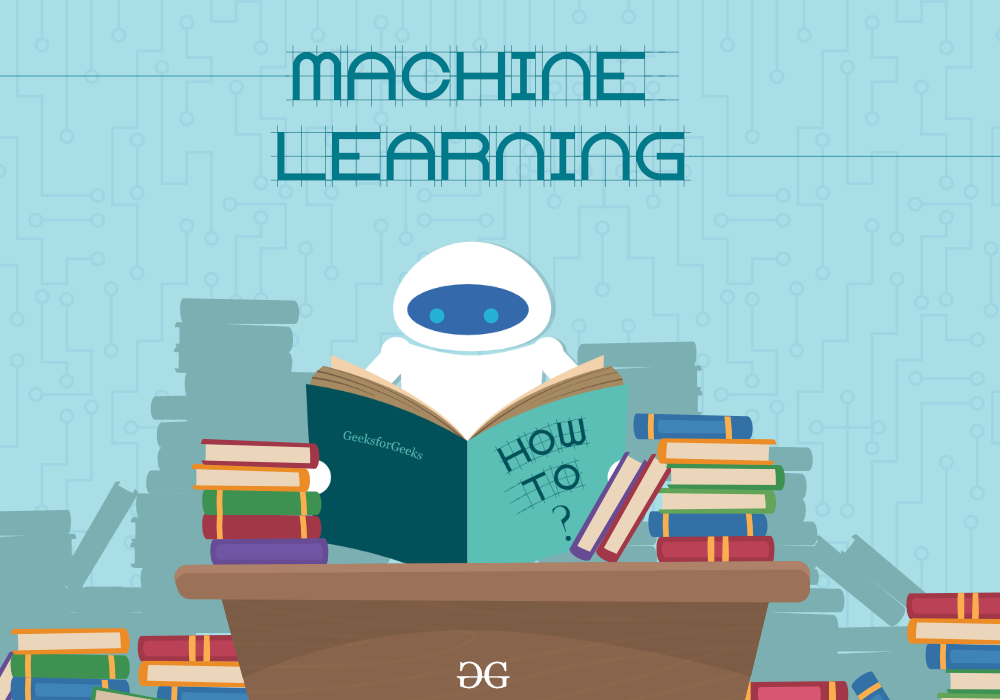It’s hard to pick up the phone at 7 am on a
Monday morning and dial into a Fortune 500 conglomerate where the company’s
left-hand structure does not know what the right hand is doing. The ultimate, albeit
futile, goal is to find a decision-maker and secure at least 10 seconds with
them to schedule a callback. It is almost like a lab rat running in circles in an
experimental maze searching for the bell that would lead to the cheese. In
truth, that maze is more like walking through a heavily armed 1000-yard-long landmine.
All you can see are dismembered body parts of sales professionals that have
previously tried and failed to get to the other side, ruthlessly cut down by a
division of gatekeepers trained to eradicate the cold callers. If you are still
standing after about 140 dials during which you have been given all the
objections available in the English language, you can truly call yourself a Sales
Gladiator, but your work has just started.
The seven-second window begins, and the
Gladiator must use it wisely to convince the third-level middle manager on the
other end of the line that he is more than just a cold caller, which is
obviously a blatant lie! By some miracle, he got that person’s attention, and
then the big moment—the moment he was hoping to get—arrives, the pitch. As the
adrenaline rushes, his vocal cords tighten, but the timing is off. He speaks
too fast, missing the sweet spot, and his contact immediately loses interest.
Instead of throwing in the towel after hours of dialing, the Gladiator decides
to give it one last shot before his day is over. Not discouraged by 185 futile
dials, he says to himself, “I’ll get him tomorrow,” as he clutches the phone in
frustration.
After 25 years in this industry, I have come to
admire this Gladiator Sales Professional, undervalued from all sorts of
creatures who feed on his lead, just as vultures do on a carcass. Undervalued,
but so essential in arousing the mob, for they need him for society to work.
Like the Gladiator in the Roman Era, this modern-day equivalent faces the
Emperor and roars from his cubicle, “We who are about to dial salute you.”
The mob views this Gladiator as a pawn on a
chessboard of corporate business development. Although they know that even a pawn
can execute a checkmate, they prefer to keep their eye on the rook or knight,
whom they view as the real closers. There is a difference between them—the cold
caller lives for the hunt and hopes to run that blade through his opponent’s
chest. I have met many who ascribed their closing ability to an innate talent;
however, rarely have they picked up the phone and created an opportunity from
nothing. If a cold caller can generate an opportunity out of thin air, and that
same cold caller can close the deal, he is the true hero of the fight. If you
can go through all that pain, manipulation, and agony and do it 140 times over
like every call is your first, this prompts the question of whose resolve is
greater, the cold caller’s or the closer’s? Who is the true closer? Getting a
qualified lead, nice and warm, vetted, with a decision-maker who has agreed to
a 30-minute conference call is the best scenario for our pseudo-closer. The
Gladiator, manipulated by the mob, while the attention is deflected to an actor
who pretends his talent won the day, stands in the shadows, sharpening his
battle equipment for the next event.
The heart of the Gladiator is a rare find, and so
is the ability to succeed against all odds. It is a skill that cannot be taught,
as it stems from an instinct graced by the Gods. A Gladiator leads from the
front, rather than dictating from the back. He pursues his mission with real
passion and vision and knows that his true strength comes from teamwork. Gladiators
are more alive when they take risks and excel when faced with crisis. They are
more alive when under pressure and are ready for battle 24 hours a day. Even if
you possess these innate skills, you are not born a Gladiator sales
professional, for this requires a painful process. To arise as a Titan warrior,
you need to transcend into a stray dog and an alpha wolf, before you can call
yourself a sales professional.
A house dog pampered by his owners has all the
household comfort and is bored with the diet of leftover fillet mignon or
porterhouse steak his owners brought home from dinner at a fancy restaurant.
Well-fed and content, this dog is not too excited about anything and resorts to
licking his balls for amusement. However, stray dog is a different breed. He
knocks over the neighborhood trash cans at 2 am, fighting with other strays
over who will win the rotten meat scraps. Unlike the house dog, the stray is
alert and has all his instincts honed for the hunt because if he is off his
game, he will go hungry. One day, he is adopted by a lovely family, with the
prospect of all the love and security a house pet enjoys. No more cold or
fighting over scraps, but one night, as the stray looks out through the window,
he notices a trash can and suddenly feels an irresistible urge to knock it over.
This desire for hunt and other warrior rituals is much greater than the
pleasure derived from security of a warm and loving home. However, the stray
has a long way to go before he can fully metamorphose into a Gladiator, as he
still needs to discover a beast within him.
The Alpha wolf, unlike the stray, has a strong sense of self-determination,
conviction, and ambition to work hard. Alphas
negotiate and persuade others with class and respect. They never try to force
their will or demean others for disagreeing with them. Betas, on the other
hand, cannot stand rejection and will do
everything they can to get their way and prove their worth.
My cousin Tony, a part-time truck driver that sold pillows on
the side at a Walmart parking lot, was that Alpha wolf. I didn’t know it, but I
was that Beta, still a stray, knocking over those trash cans. I was broke,
finishing the final year of my undergraduate degree at USC, and my cousin could
see that I was struggling. I had only two pairs of jeans to my name, and I’d
just sold my car to pay rent to get me through my final semester. Seeing me in
such a desperate state, one day my cousin barked, “Bitch, are you going to roll
over and die, or do you want to make some ends?” I recoiled when I saw the
pillows in the back of his van, but I was willing to do anything at that point,
for like the Beta wolf, I needed to prove myself. I meekly joined six guys
already crammed into his van, who were presumably already recruited by Tony
from the neighborhood as pillow sellers.
The Wolf drove us to the Walmart parking lot and handed me
several pillows. He pointed to the Winnie the Pooh and Cinderella pillows and
told me to target parents with toddlers. Before sending me on my way, he also
suggested offering flowery pillows to young couples because they’re probably
dating, and the guy will want to score points with the new girlfriend. There I
was, in the middle of the parking lot on a hot summer day, clad in jeans and my
USC cap, holding the Winnie the Pooh in one hand and a flowery pillow in the
other, while worrying about the 300 lb. security guard. I made 140 dollars by
the end of the day, and my cousin smiled and jokingly said, “I bet you USC
didn’t teach you that Dogg,” as he drove off to the horizon. This was the first
lesson the Wolf taught me about the art of the hunt and the pleasure of closing
the deal.
There are a series of closes, including closing the gatekeeper,
closing for the appointment, closing for the 2nd meeting, and closing the deal.
A person with an Alpha mindset lets go of control and stays in the
moment, knowing that he can handle anything that happens, as things always work
out at the end. You will learn and grow from anything that comes your way. I learned
that day at Walmart that my qualifications were not going to feed me, and if I
wanted to take control of the situation, I had to be more than a stray. Like
the Alpha, the Gladiator must rise to the occasion and thrust his sword with
the intent to kill.
The first time I stepped into the coliseum, I was a 14-year-old
Coca-Cola vendor at Dodger stadium. My heart was pumping, as I was both afraid
and excited by the out-of-control roar of the mob. It was the 1981 World Series
when Fernando Valenzuela was pitching against the Yankees. I’ve been going to
that park ever since. I remember wondering what it would be like sitting in the
field seats. I couldn’t go down the aisle because I was too afraid of the mob.
I couldn’t yell out, “Hey Cokes, here, get your icy Coca-Cola here!” I was
still that stray, and it would be years before the Wolf would take me under his
wing. I remember that my back was against the wall next to the men’s restroom, as
I was struggled under the weight of the Coca-Cola tray, praying that I could
muster the courage to go to that field aisle and say those magical words. Then,
out of nowhere, the mob started approaching me asking for a cold beverage. All
night, I stood next to the men’s restroom.
When I turned 17, I got my first sales job at Start Now
Personal, the mother of all boiler rooms. I was still a stray, but I loved
knocking over those trash cans. I didn’t freeze anymore, by now it became easy.
However, after all that hard work, I noticed that those leads that I worked so
hard for were given to the sales manager, who called prospective clients after
I’d vetted them. He was treated like royalty despite never making a single call.
I disliked him right away, but I was still too young and new to the business to
challenge this long-established order. Several boiler room jobs later, I became
that closer and started consulting companies on developing smart and aggressive
cold calling centers. However, the leads were mediocre, and there was no
consistency in the qualifying process. Already a Wolf, I decided to start cold
calling, even though it was frowned upon by the mob and earned me several
reprimands from my superiors.
Suddenly, a thought struck me like a thunderbolt. I decided to
reinvent my cold calling methodology and make some adjustments. I realize that I was working with
many people who called themselves gladiators, but they were slaves to that
check. These so-called closers gave business development a bad name. It was
pathetic, as most were too lazy to follow up on their leads. “What the fuck?” I
thought to myself, realizing that a drastic change was needed. I noticed that
each one of these kids pounding the phone relentlessly was a beast, an Alpha wolf.
I decided to take three of these wolves and have them take over the entire sales
processes, and quickly noticed something extraordinary. Like in cold calling,
they looked for the “yes” in every “no” unwilling to accept rejection. With
this attitude, they converted gatekeepers into tourguides. I taught them how to
leverage referrals by calling the wrong department on purpose to get a referral
from the CEO. It became apparent that I had a room full of Gladiator sales
professionals doing what they did best on the phone.
Sales
professionals have asked me numerous times about my client portfolio and
inquired if I was related to someone in politics or a Fortune 500 executive.
When I tell them that all my relationships began with a cold call, they are in
disbelief. I then ask them if they have ever knocked over a trash can.
Sometimes I still feel like that 14-year-old kid at Dodger stadium who was too
afraid to walk down the aisle, and yell out, “Hey Cokes here, get your ice
Coca Cola here!” or a confused and impoverished undergraduate standing in
the middle of the Walmart parking lot. Still, over the years, I have learned
that not everyone can be a Gladiator Sales Professional, as this requires
willingness to step out of one’s comfort zone to get the deal.



